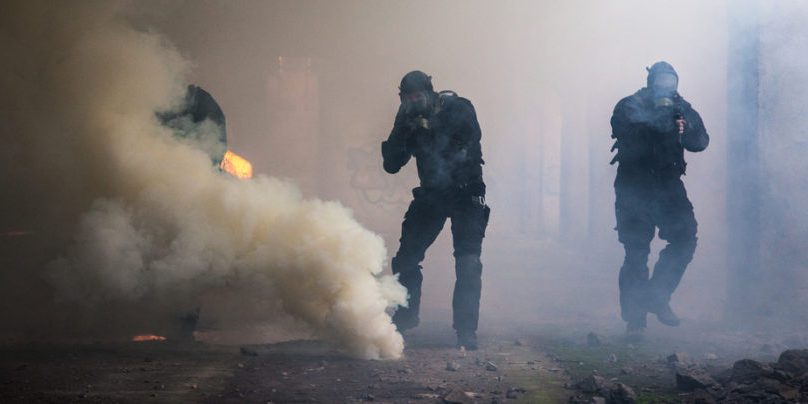Recent technological, socioeconomic, and geopolitical trends, coupled with the reemergence of great power competition, complicate the future environment in which U.S. Special Operations Forces (SOF) must operate. SOF professionals will need to operate not only across traditional physical domains such as land, air, and sea but also in the virtual and cognitive domains. In particular, achieving cognitive dominance over adversaries will be essential to the success of future SOF missions.
Future innovations require a change in how the United States seeks military advantage through technology. Since the end of WWII, the United States relied on the development of advanced military-specific equipment, such as nuclear weapons, precision-guided munitions, and stealth technology, to deter or defeat adversaries. These technologies generally targeted physical objectives with kinetic effects and were, at least initially, beyond the capabilities of adversaries’ research and industrial bases to reproduce. In contrast, competition, as defined by the 2018 National Defense Strategy, will be explicitly multidomain, with the U.S. and competitors simultaneously operating in not only physical domains, but virtual and cognitive domains as well. Operating in the virtual domain involves seeking advantages in computer generated environments or cyberspace. Operating within the cognitive domain involves influencing the minds of potential competitors and populations. SOF must simultaneously dominate the physical, cognitive, and virtual domains in order to present multiple dilemmas that will achieve our desired outcome. Not only must we adopt our doctrine to operate in the multidomain environment, we must also advance technologies that will enable our newly-defined doctrinal concepts.


